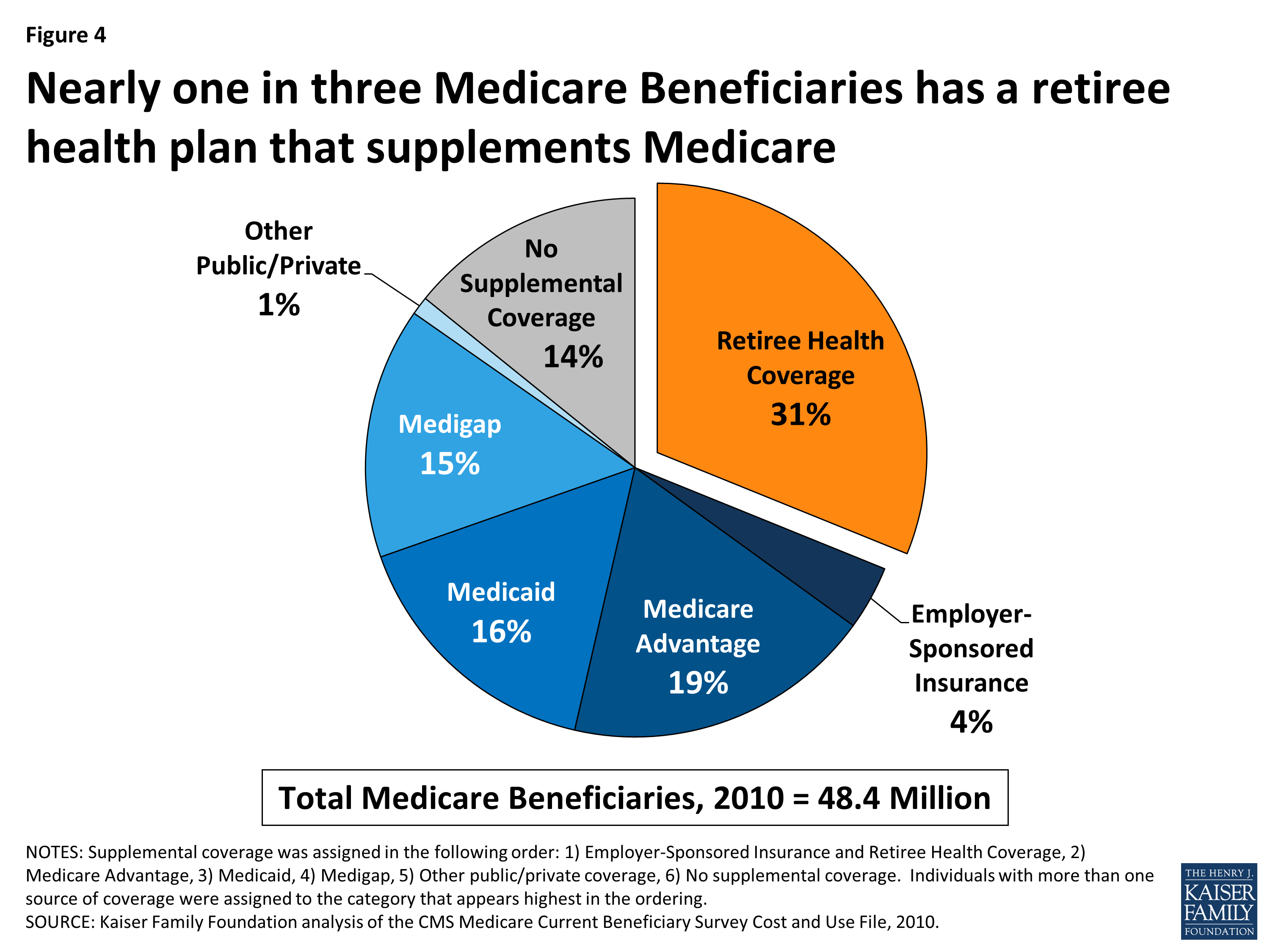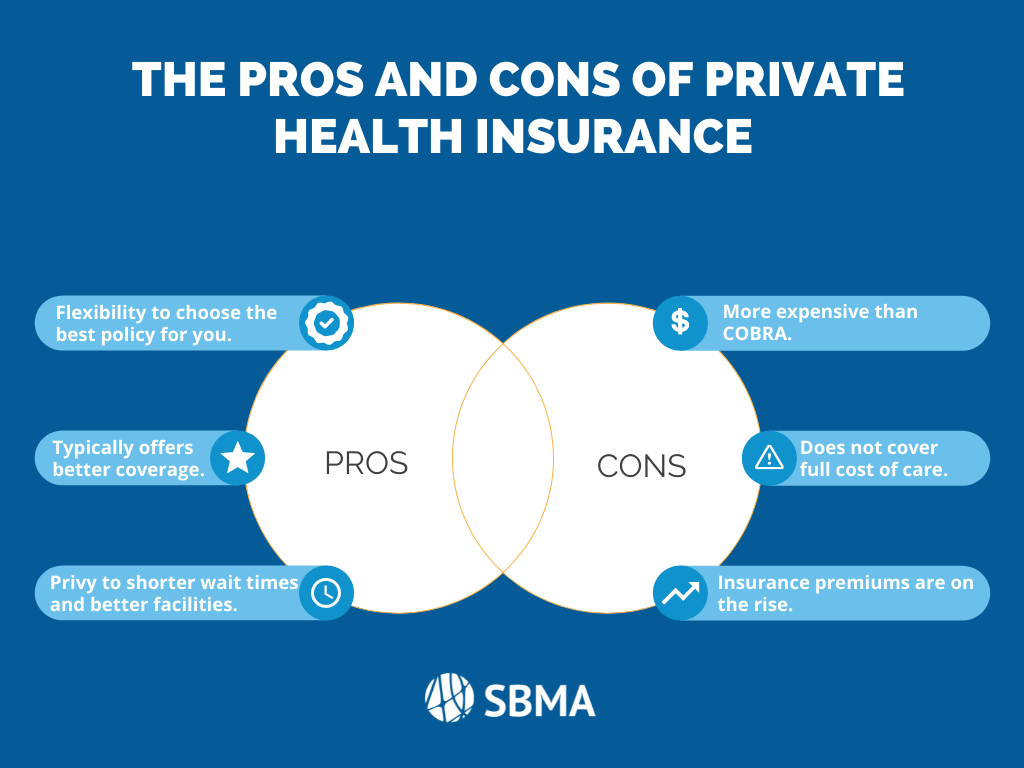Medicare Advantage Agent Fundamentals Explained
Medicare Advantage Agent Fundamentals Explained
Blog Article
Top Guidelines Of Medicare Advantage Agent
Table of ContentsIndicators on Medicare Advantage Agent You Should KnowThe Ultimate Guide To Medicare Advantage AgentOur Medicare Advantage Agent Diaries
:max_bytes(150000):strip_icc()/types-of-employee-benefits-and-perks-2060433-Final-edit-60cedb43c4014fdeb51aa3cd3c25f027.jpg)
follows from perplexing the fairly young age profile of the without insurance with the better wellness, typically, of more youthful persons. This covers the link in between health standing and health and wellness insurance policy. For those without access to workplace health and wellness insurance, inadequate health is a possible barrier to buying nongroup insurance coverage due to the fact that such coverage might be highly priced, leave out pre-existing conditions, or be merely unavailable. The variety of without insurance Americans is not especially huge and has not altered over the last few years. Seven out of ten respondents in a country wide depictive study thought that less Americans did not have medical insurance than in fact do(Fronstin, 1998). Roughly fifty percent(47 percent )thought that the variety of people without health and wellness insurance policy lowered or remained continuous over the latter fifty percent of the last years(Blendon et al., 1999). This drop of practically 2 million in the number of individuals 'without insurance policy (a reduction
of around 4 percent)is certainly a favorable modification. With a softer economic situation in 2000 the most recent reported gains in insurance coverage may not continue(Fronstin, 2001 ). The decline in the number of uninsured will not continue if the economic climate continues to be slow-moving and health treatment costs remain to surpass inflation. This is since the information were gathered for a period of strong economic efficiency. Of the approximated 42 million people who were uninsured, almost about 420,000(about 1 percent)were under 65 years of age, the age at which most Americans become qualified for Medicare; 32 million were grownups between ages 18 and 65, about 19 percent of all adults in this age group; and 10 million were youngsters under 18 years old, regarding 13.9 percent of all youngsters (Mills, 2000). These quotes of the variety of persons uninsured are generated from the yearly March Supplement to the Present Population Survey (CPS), conducted by the Demographics Bureau. Unless or else noted, national price quotes of individuals without wellness insurance policy and percentages of the population with various kinds of insurance coverage are based on the CPS, the most extensively utilized source of estimates of insurance policy coverage and uninsurance prices. These studies and the quotes they yield are defined briefly in Table B. 1 in Appendix B - Medicare Advantage Agent. These surveys vary in dimension and sampling approaches, the concerns that are inquired about insurance policy
All About Medicare Advantage Agent
protection, and the time period over which insurance policy coverage or uninsurance is gauged(Lewis et al., 1998, Fronstin, 2000a ). Still, the CPS is especially helpful because it generates yearly quotes relatively rapidly, reporting the previous year's insurance policy protection approximates each September, and because it is the basis for a constant set of estimates for greater than twenty years, enabling evaluation of fads in coverage with time.

The Definitive Guide for Medicare Advantage Agent
The connection in between health insurance policy and accessibility to care is well established, as recorded later in this phase. The connection between wellness insurance coverage and wellness outcomes is neither straight neither easy, a considerable medical and wellness services study literature links wellness insurance policy coverage
to improved enhanced to care, better much betterTop quality and improved personal and population health health and wellnessStanding The second report, on personal health and wellness end results for without insurance grownups, is represented by the innermost circle of the figure, while the third report, on household health, encompasses the subjects of the second report but emphasizes a various system of evaluation, particularly, the family.
It focuses specifically on Learn More those without any type of health and wellness insurance coverage for any type of size of time. The issues dealt with by the underinsured remain in some aspects similar to those faced by the without insurance, although they are usually much less serious. Uninsurance and underinsurance, nevertheless, include definitely different policy issues, and the strategies for addressing them might differ. Throughout this research study and the five records to adhere to, the primary focus is on individuals without medical insurance and therefore no support in paying for wellness treatment beyond what is offered through charity and security net institutions. Wellness insurance policy is an effective element impacting receipt of treatment since both clients and physicians reply to the out-of-pocket cost of solutions. Wellness insurance coverage, however, is see this site neither required neither adequate to acquire accessibility to medical services. Nevertheless, the independent and direct result of health and wellness
insurance policy coverage on accessibility to health and wellness solutions is well established. Others will certainly obtain the healthcare they need also without health insurance, by spending for it out of pocket or seeking it from suppliers that provide treatment totally free or at very subsidized rates. For still others, medical insurance alone does not make certain receipt of treatment due to other nonfinancial obstacles, such as an absence of health treatment service providers in their area, limited accessibility to transport, illiteracy, or linguistic and cultural differences. Official study regarding without insurance populaces in the United States dates to the late 1920s and early 1930s when the Board on the Cost of Healthcare created a collection of records about financing medical professional workplace gos to and hospital stays. This concern ended up being salient as the numbers of clinically indigent climbed up during the Great Clinical depression. Empirical studies constantly sustain the web link in between accessibility to care and boosted health results(Bindman et al., 1995; Starfield, 1995 ). Having a routine Discover More resource of care can be thought about a forecaster of access, as opposed to a straight action of it, when wellness end results are themselves made use of as accessibility indications. This expansion of the notion of access measurement was made by the IOM Board on Keeping Track Of Access to Personal Health Care Provider(Millman, 1993, p. Whether moms and dads are guaranteed shows up to impact whether or not their children obtain treatment along with exactly how much careeven if the kids themselves have protection(Hanson, 1998). The health and wellness of moms and dads can influence their capacity to take care of their kids and the level of family tension. Bothering with their youngsters's accessibility to care is itself a source of stress for parents. 3 chapters follow in this record. Phase 2 provides a summary of just how employment-based medical insurance, public programs and individual insurance plan operate and communicate to provide extensive yet incomplete coverage of the U.S. populace. This includes a review of historic trends and public laws impacting both public and exclusive insurance coverage, a discussion of the communications among the various sorts of insurance policy, and an exam of why individuals relocate from one program to an additional or wind up

Report this page